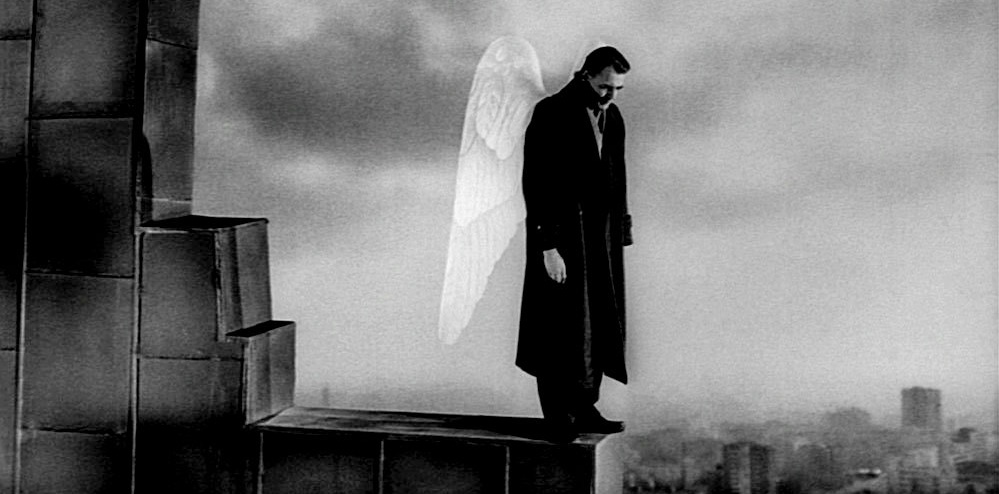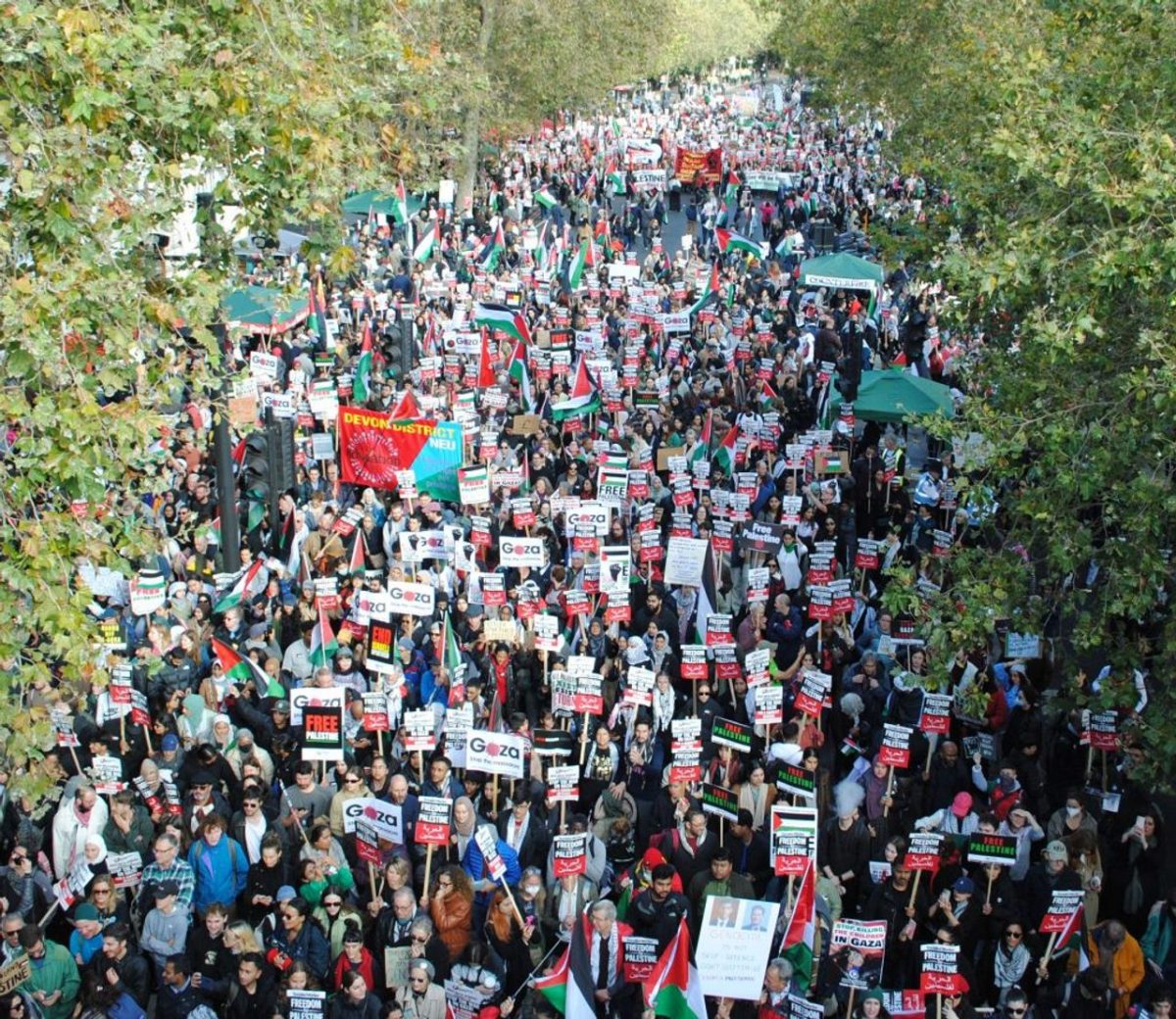During the Russian Revolution, few groups experienced wilder twists of fate than Austro-Hungarian prisoners of war. Born into the serenity of Habsburg rule and enlisted in an imperial army that erased national distinctions, they returned to a Europe of independent states and competing ideologies. Many were radicalized by the ordeal. One of them was the muckraking Transylvanian journalist Béla Kun. ‘Captured in 1916 and interned in the Urals’, Jacob Mikanowski recounts in his new book Goodbye Eastern Europe, ‘a passing acquaintance with Lenin vaulted Kun into the revolution and the leadership of the fledging Hungarian Communist Party’. The 1919 revolution in Budapest yielded an independent Hungarian Soviet Republic that lasted only 133 days. By the time it collapsed, Kun had taken flight. From the roof of the Soviet headquarters at the Hotel Hungaria he piloted a small airplane, ‘staying so close to the ground that his face could be clearly seen by those walking below’. He carried with him several stolen gold chains and church relics, some of which he dropped by accident, before vanishing into the USSR.
Life stories as tumultuous and unusual as Kun’s are difficult to reduce to history lessons. History, if it teaches anything, only does so obliquely, by way of paradoxes, contradictions and accidents – all of which feature heavily in Goodbye Eastern Europe: a sprawling account of Eastern Europe from the Medieval period to the present day. Mikanowski’s book sets out to tell the history of the region’s cohesion at the moment it has begun to disappear as a cohesive region. If this sounds paradoxical, then the book’s central conceit is no less so. ‘This is a history of a place that doesn’t exist’, it opens. ‘There is no such thing as Eastern Europe anymore. No one comes from there’. What he means is that few people now ‘identify as Eastern European’: the Hungarians and the Polish think of themselves as Central European, while the Baltic states prefer to claim membership of the ‘Nordic’ zone’ to their north. The geographical rubric is an ‘outsider’s convenience’, often a ‘catch-all’ for stereotypes.
Has Eastern Europe ever been anything but a construction of the Western gaze? Most recently, the region’s various peoples were bound together by the shared experience of communism. Eastern Europe’s disappearance as ‘a tangible presence’ and ‘instantly recognizable reality’ coincides with the system’s demise, after which the region fractured into nation-states forging their own discrete identities. But Mikanowski argues that this cohesion, consolidated in the postwar period, reaches back further in time. Throughout the modern period, Eastern Europe was characterized by its distinctive and remarkable diversity: a ‘diversity of language, of ethnicity, and above all, of faith’.
This tension between diversity and cohesion finds expression in the region’s uniquely rich and heterogenous narrative traditions, especially its folklore and legends. ‘Hasidic Jews used to say that the best way to get to know their wonder-working rabbis was through the tales their disciples told about them’, Mikanowski writes. Similarly, ‘tales – stories, rumours, and folksongs . . . get to the heart of what it was like to experience the horrors of the fascist anti-utopia, the brief elation and prolonged terror of Stalinism, the stasis and scarcity of late socialism, and the sudden evaporation of solid values that accompanied the arrival of capitalism’.
Among the regional myths Mikanowski recounts is the story of a ‘great vampire plague that affected the Austrian military frontier in the 1720s and 30s’, during which Viennese officers, ‘their pockets bulging with treatises by Newton and Voltaire’, arrived in Balkan villages to find every grave exhumed and the freshest corpses ‘pierced through the heart with hawthorn stakes’. (The villagers told them matter-of-factly that this was how they dealt with the undead.) Mikanowski also mentions the Ottoman devşirme: the blood tax by which the Christian peoples of the empire were forced to give up their children ‘to be raised in the image of their conquerors’, converting to Islam and serving as soldiers and administrators. This, Mikanowski tells us, would later become the subject of various Serbian folk songs about Ottoman subjugation, sung by ‘wandering bards’ who carried with them ‘a stringed instrument called a gusle’.
In setting itself the task of describing and explaining this diversity, the book evokes another tension, one long prominent in Eastern Europe’s historiography: between the stories that populate it and the political or conceptual categories that try to tame them. Goodbye Eastern Europe is divided into three rather incommensurable parts: ‘Faiths’, ‘Empires and Peoples’ and ‘The Twentieth Century’. The first two interrogate categories of people – Pagans and Christians, Jews, Muslims, Wanderers, Empires, Nations, Heretics – while the last is a more conventional attempt at periodization. The narrative is chronological but rarely proceeds at the same pace. It skips around, dwells on exemplary episodes, shifts into the style of ethnography or into the personal one of family history.
A journalist and critic trained as an academic historian, Mikanowski has written for various American magazines about history, science, language and Eastern Europe. Raised in Pennsylvania, he spent much of his childhood in Poland with his half-Catholic and half-Jewish family. The book’s subtitle, ‘An Intimate History of a Divided Land’, yokes the historical to the personal, incorporating elements of memoir, travel writing and reportage. In the preface the author tells us that his ‘family’s history forms a braid running throughout’, and quotes Czesław Miłosz’s Native Realm: ‘awareness of one’s origins is like an anchor line plunged into the deep’ without which ‘historical intuition is virtually impossible’.
Terms like ‘intimate history’ and ‘historical intuition’ suggest a style of historical writing most accurately termed Romantic. Emphasizing intuition over analysis, and the ability of history to move us over our attempts to understand its workings, Romantic history makes ample use of literary techniques, aiming to provide the reader with a close encounter with the past rather than a mere representation of it. ‘Intimate history’, however, doesn’t simply name a genre. It also suggests that Eastern European history is itself of a different order: more tangible, vibrant, deeply felt. Though whether this is indeed the case, or whether it’s a trick of the light, is not easy to discern.
Just as Wolfgang Becker’s 2003 film Goodbye, Lenin! turns out not be a paroxysm of Ostalgie but a meditation on how people confabulate the past to create a liveable present, Goodbye Eastern Europe’s nostalgic overtones conceal a sophisticated argument about the power of storytelling – a form of practical magic that can be put to various ends: to justify pogroms or devise syncretic rituals. Mikanowski’s historical snapshots range from eighteenth-century messianic movements and their charlatan techniques, to the attempts by contemporary nation-states like Hungary, Poland and Ukraine to form ‘usable pasts’ out of their heavily redacted histories. Above all, he suggests, storytelling and popular rituals have been means of regional self-fashioning.
Mikanowski at one point cites an episode from the memorial book of his great-great grandfather Meir. In 1893, the shtetl of Zambrów suffered an exceptionally terrible outbreak of cholera, which at that time was ravaging Russia and Poland. At a loss, the residents organized a Shvartze Khasene: a ‘black wedding’ for the man and woman deemed the most miserable in the town (‘a pauper girl named Chana-Yenta and the old bachelor Velvel’). Rolls were baked and meat and fish prepared by local housewives, while the wider community supplied the couple’s attire. They ‘set up the wedding canopy – in the cemetery, of course’, and on the wedding day, ‘a lively throng accompanied the bride and groom to their huppah’: the wedding canopy in Jewish marriage ceremonies. Soon afterward, the plague ceased, and Chana-Yenta ‘became known as the “City’s Daughter-in-Law”. She was given the job of municipal water carrier, and her husband was given an official beggar’s licence’. The Shvartze Khasene wove the tradition of Catholic exorcism into Jewish shtetl life. The villagers invented a ritual that mended the fabric of the community by translating the expulsion of malevolent forces into the partial upending of social hierarchy.
Elsewhere, Mikanowski invites readers to imagine what it would be like ‘to journey down the Istanbul-Belgrade highway in Ottoman times’, or to picture the American-born nature writer Eleanor Perényi, née Stone, accompanying her parents through Budapest in 1937 and falling in love with a Hungarian nobleman. Perhaps the most famous literary antecedent here is Claudio Magris, whose Danubio (1986), subtitled ‘A Sentimental Journey’ in the English translation, also used first-person anecdotes and diary entries to construct a heterodox history of the region. Just as Magris ferries his reader down the continent along the Danube’s riverbanks, Mikanowski flies low over the terrains that formed the Western flank of the Soviet empire.
Even minor narrative forms can have world-shaping power, Mikanowski suggests, and it is this argument that allows him to illuminate the connections between Eastern Europe’s twentieth century and its earlier history; in particular, between its eclectic stock of legends, folk tales and rabbinical parables and the twentieth century ideologies that took root in the region: fascism, communism and neoliberalism. At the book’s core is an examination of the interplay between the historical experience of communism and the deeper cultural traditions that gave that system its particular regional shape.
For Mikanowski, Eastern Europe’s superstitious and syncretic past holds the key to understanding communism’s industrial miracles, worker-heroes and paranoid surveillance apparatuses. The dogmatic and mystical character of the communist period is rooted, somewhat paradoxically, in the region’s deeper history of religious intermingling. In this part of the world, the resolutely atheist creed of Marxism was interpreted as yet another salvational doctrine, inspiring exceptionally zealous forms of devotion. Mikanowski tells the story of the Polish essayist Jerzy Stempowski, who, while walking with his father in Berdychiv in 1909, heard ‘a voice, intoning as in prayer’ and, after following it, arrived at a tailors’ guild hosting a live reading of Capital. The man reading Marx’s words had a ‘singsong voice, pausing after every sentence to answer questions. As the night wore on, the text – difficult to begin with – became even less clear, but that did not deter the tailors’.
Mikanowski also provides a striking account of the Holocaust, which dispenses with the high-altitude vantage of traditional histories in favour of an ‘up close, often face-to-face’ perspective on Nazi barbarism, as it was experienced among neighbours and within families, the author’s included. Instead of tracking large-scale trends or statistics, we are given vivid individual biographies that were deformed by the black hole of Nazism. Mikanowski tells the story of the Polish writer Bruno Schulz, ‘the Proust of rubbish heaps’, who spent his whole life in Drohobycz, now in Ukraine, producing mesmerizing stories and illustrations as well as translating Kafka. While living under German occupation, he was protected by a Nazi officer who liked his drawings (in return, Schulz painted a mural for the officer’s children). But in 1942, another officer got into a personal feud with his protector, and both of them decided to shoot each other’s ‘pet Jews’. Schulz’s murder, Mikanowski suggests, doesn’t fit with the traditional image of the Nazis’ ‘mechanistic genocide’; ‘in most of Eastern Europe’, he writes, the Holocaust was experienced as ‘an intimate slaughter’.
A history composed of extraordinary persons and remarkable events, emphasizing paradoxes and coincidences, sometimes threatens to dissolve broader ideas in the fizz of its colorful minutiae. At times the book’s argument, while impressive and complex, is in danger of getting lost among the curious anecdotes and vignettes about the author’s ancestors. Ironically, Goodbye Eastern Europe can sometimes feel like a series of scattered tales rather than a continuous history of a cohesive region. Still, for Mikanowski, the aim is not only to approximate the lived experience of the past, but to unlock insights that lie beyond the reach of conventional history – which fails to capture the kaleidoscopic complexity of the region’s competing narratives and belief systems. In this sense, perhaps the book’s greatest achievement is stylistic. It shows how the continuities in Eastern Europe’s longue durée can only be captured by a mode of writing that reflects its intimacy and heterogeneity.
Read on: Joachim Becker, ‘Europe’s Other Periphery’, NLR 99.









